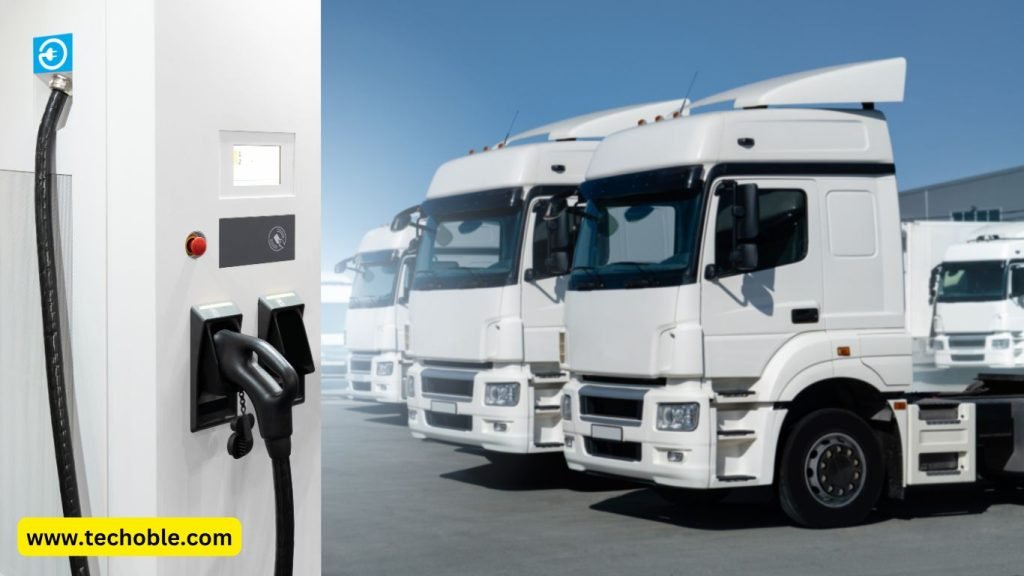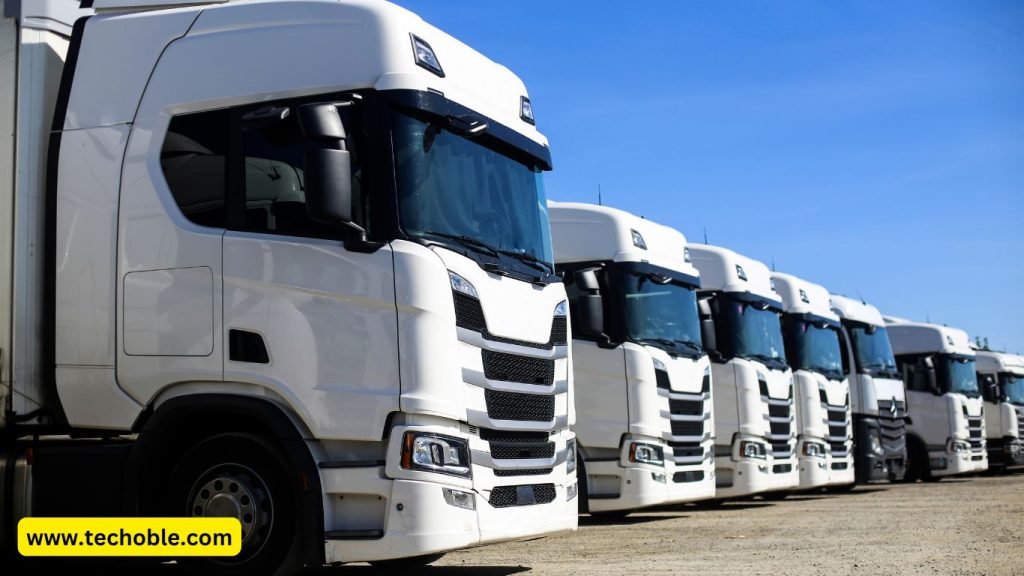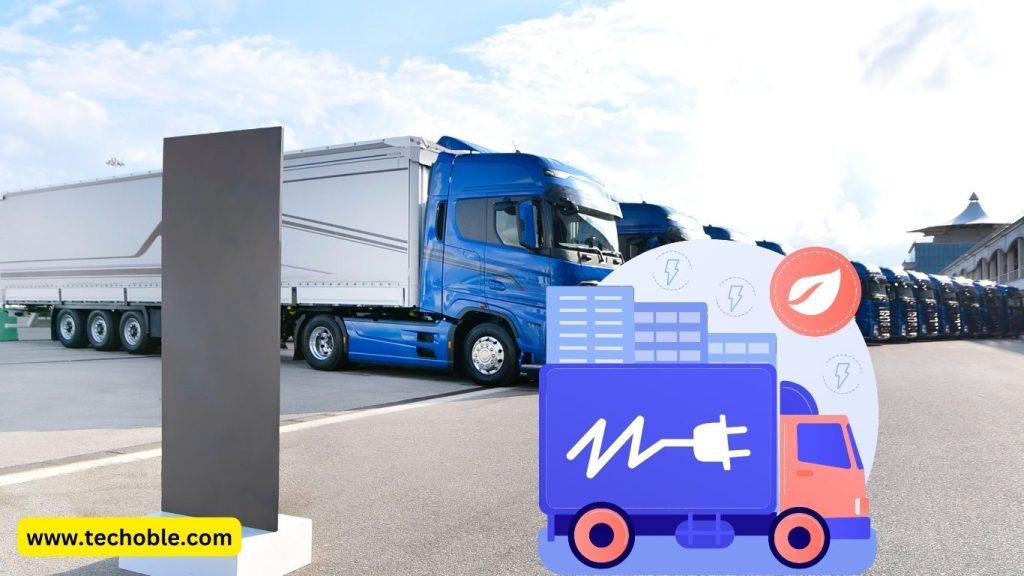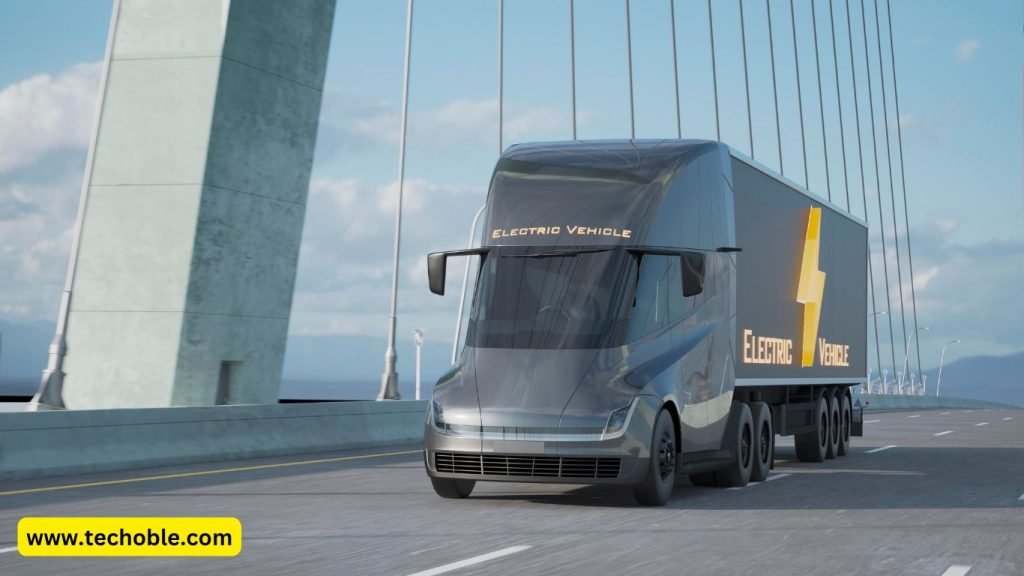 The Rise of Electric Trucks: What to Expect in 2024
The Rise of Electric Trucks: What to Expect in 2024
Electric trucks are revolutionizing the transportation industry. With concerns over climate change, rising fuel costs, and the push for greener practices, electric trucks are becoming a top choice for businesses and individuals alike. In this article, we’ll look at what to expect in 2024 as electric trucks rise in popularity, including predictions, key developments, and challenges the industry is addressing.
Why Electric Trucks Are Gaining Popularity
Electric trucks offer several benefits that make them appealing for both companies and individuals. Let’s break down why these trucks are gaining momentum.
- Environmental Impact: Electric trucks produce zero emissions, making them a sustainable choice that helps reduce air pollution and greenhouse gas emissions.
- Lower Operating Costs: Electric trucks save money on fuel and maintenance. Unlike diesel trucks, electric trucks have fewer moving parts, resulting in lower repair costs.
- Government Incentives: Many governments offer incentives and tax breaks for companies that use electric vehicles, reducing the cost of ownership.
- Consumer Demand: People want cleaner, greener products. Companies that use electric trucks can enhance their public image by supporting sustainable practices.
Quote: “The shift to electric trucks marks a critical step in achieving zero-emission transport goals globally.”
What is the Prediction for Electric Trucks in 2025?
 Experts predict rapid growth for electric trucks in 2025, driven by advancements in technology and increased government support. Let’s explore some of the key forecasts:
Experts predict rapid growth for electric trucks in 2025, driven by advancements in technology and increased government support. Let’s explore some of the key forecasts:
- Market Growth: The global market for electric trucks is expected to grow by over 30% by the end of 2025, with high demand in logistics, shipping, and last-mile delivery.
- Fleet Electrification: Large corporations and logistics companies are increasingly transitioning to electric trucks to meet sustainability goals.
- Increased Adoption Rates: By 2025, electric trucks are projected to make up a significant percentage of new commercial vehicle purchases.
Statistics at a Glance
| Factor | Prediction for 2025 |
|---|---|
| Market Growth | 30% increase in global sales |
| Fleet Electrification | Higher adoption among large corporations |
| Electric Truck Share | Expected rise in commercial vehicle market |
Advances in Battery Technology and Range
Battery technology is key to the rise of electric trucks. As batteries improve, so do the capabilities of these trucks.
Battery Advancements
- Solid-State Batteries: These new batteries offer greater energy density, which means they last longer and weigh less than traditional lithium-ion batteries.
- Lithium-Ion Improvements: Lithium-ion technology continues to improve, providing extended ranges and faster charging times.
- Extended Range: Modern electric trucks can now travel up to 300 miles on a single charge, making them suitable for longer routes.
Fast-Charging Infrastructure
In addition to battery improvements, fast-charging infrastructure is expanding. More charging stations are being installed along major highways and in urban areas to support electric trucking.
Example: The Tesla Semi, one of the most anticipated electric trucks, promises a range of up to 500 miles with access to a growing network of fast chargers.
Key Players in the Electric Truck Market
 Several companies are leading the way in the electric truck industry. Here are some of the most influential players and their contributions:
Several companies are leading the way in the electric truck industry. Here are some of the most influential players and their contributions:
- Tesla: Known for its Semi truck, Tesla focuses on long-range electric trucks with fast-charging capabilities.
- Volvo: Volvo’s electric trucks cater to urban and regional delivery markets, designed for efficiency and durability.
- Rivian: Rivian’s R1T is a smaller electric truck that combines power with eco-friendly features, appealing to individual buyers.
- Nikola: Specializing in hydrogen-electric trucks, Nikola focuses on reducing emissions in heavy-duty applications.
- Daimler: With the eActros and Freightliner eCascadia, Daimler offers a range of electric trucks designed for various commercial needs.
| Company | Key Electric Truck Models | Market Focus |
|---|---|---|
| Tesla | Tesla Semi | Long-haul, fast charging |
| Volvo | FL Electric, VNR Electric | Regional and urban |
| Rivian | R1T | Individual buyers |
| Nikola | Nikola Tre | Heavy-duty, hydrogen-based |
| Daimler | eActros, Freightliner eCascadia | Urban and commercial use |
Infrastructure Needs and Challenges
The growth of electric trucks depends on strong infrastructure support. While there’s progress, certain challenges remain.
Charging Infrastructure
Electric trucks need a robust network of charging stations. Currently, there are limitations, but efforts are underway to expand charging networks.
- Urban Charging Stations: Increasing installations in cities to support delivery trucks.
- Highway Charging: Adding more stations along major routes to facilitate long-haul electric trucking.
Power Grid Requirements
Electric trucks draw substantial power from the grid, particularly during fast charging. This demand puts pressure on existing power systems, requiring grid upgrades and planning.
Fact: Studies show that electric trucks could increase electricity demand by up to 15% in some regions by 2025, highlighting the need for grid capacity improvements.
Battery Recycling and Sustainability
The demand for batteries has raised concerns about sustainability. Companies are working on solutions to recycle batteries and minimize environmental impact.
Benefits of Electric Trucks for Logistics and Supply Chains
Electric trucks provide significant advantages for logistics companies and supply chains. Here’s how they make a difference:
- Reduced Fuel Costs: By switching to electric, companies save on diesel fuel, leading to substantial savings over time.
- Lower Maintenance: Electric trucks require fewer repairs since they have fewer moving parts than diesel trucks.
- Positive Brand Impact: Many customers prefer businesses with eco-friendly practices, which can enhance brand reputation.
- Government Subsidies: Financial incentives make electric trucks more affordable, encouraging businesses to adopt them.
Example: UPS and FedEx are both expanding their fleets of electric delivery vehicles to align with sustainability targets and improve efficiency.
Challenges Facing Electric Trucks and Potential Solutions
 Despite their benefits, electric trucks still face some challenges. Here are the main obstacles and how companies are working to overcome them:
Despite their benefits, electric trucks still face some challenges. Here are the main obstacles and how companies are working to overcome them:
Range Limitations
Electric trucks have a limited range compared to diesel trucks, which is a challenge for long-haul routes. However, battery advancements and fast-charging stations are addressing this issue.
Battery Weight
Electric truck batteries are heavy, which can impact cargo capacity. Companies are experimenting with lighter battery materials to solve this problem.
High Initial Costs
Electric trucks cost more upfront than traditional trucks. However, lower fuel and maintenance costs can lead to long-term savings, offsetting the initial expense.
Solution in Development: Governments and companies are collaborating on research to produce lighter, cost-effective batteries, which could reduce vehicle weight and cost.
What Electric Truck is Coming Out in 2025?
Several electric trucks are set to launch in the next few years, but a few stand out as particularly noteworthy for 2025:
- Tesla Cybertruck: A highly anticipated model with a futuristic design and advanced technology.
- Nikola Tre Hydrogen-Electric: Targeted at heavy-duty applications, the Nikola Tre combines hydrogen and electric power for extended range.
- Daimler Freightliner eM2: Focused on medium-duty trucking needs, it’s expected to be a popular choice in regional and urban areas.
These models indicate that electric trucking options will continue to expand, meeting the needs of various industries and use cases.
Future Demand for Electric Vehicles and Trucks
Electric vehicle (EV) demand is rising quickly, and electric trucks are part of this trend. Here’s what the future holds for EVs:
- Growing EV Market: The EV market is expected to double over the next five years, with electric trucks making up a significant portion of this growth.
- Government Support: Many countries are setting ambitious targets to reduce carbon emissions, fueling the shift to electric vehicles.
- Increased Production: Major automakers are ramping up production to meet the growing demand for electric trucks and vehicles.
Prediction: By 2030, electric trucks could make up 30% of all commercial vehicle sales globally.
Future Innovations and Trends in Electric Trucking
Electric trucking is a rapidly evolving field, with many exciting innovations on the horizon. Here are some trends to watch:
Autonomous Driving Integration
Self-driving technology may soon be integrated with electric trucks, creating safer, more efficient transport. Companies are already testing autonomous driving features in electric trucks.
Wireless Charging Roads
In some regions, pilot programs are exploring the potential for roads that can wirelessly charge vehicles as they drive. If successful, this could eliminate the need for frequent stops to recharge.
Fleet Management Software
New software allows companies to manage and optimize electric fleets more efficiently, tracking battery usage, maintenance schedules, and route optimization.
Predictions for 2025 and Beyond
Electric trucks will likely become even more advanced, with longer ranges, faster charging, and integrated autonomous driving by 2025.
Electric trucks are set to play a vital role in transforming the transportation and logistics industries in 2025. From reduced emissions to cost savings, the benefits are clear. Although challenges remain, ongoing advancements in technology, infrastructure, and government support indicate a bright future for electric trucks.
As more companies adopt electric fleets, the positive environmental and economic impacts will be significant. The rise of electric trucks marks a pivotal shift toward a cleaner, more sustainable transportation industry.
 The Rise of Electric Trucks: What to Expect in 2024
The Rise of Electric Trucks: What to Expect in 2024